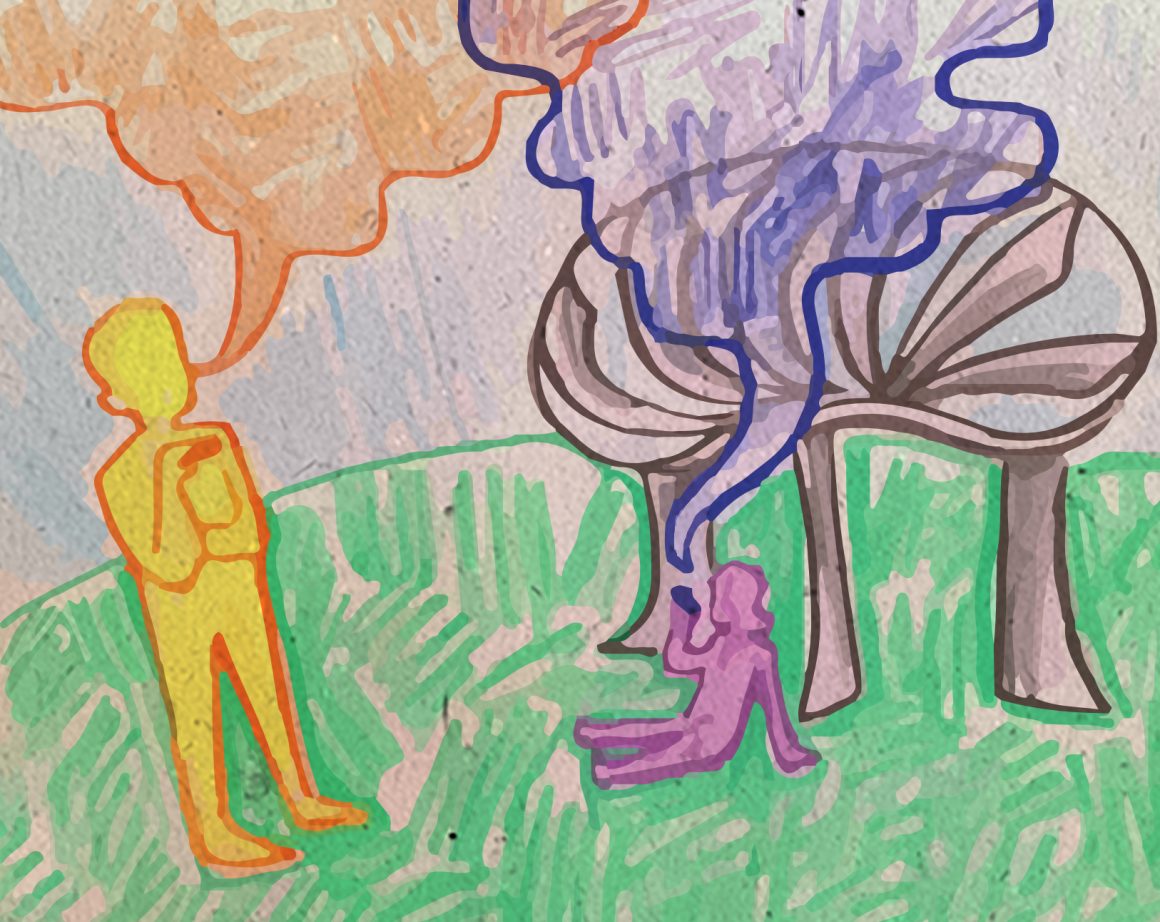
What should students expect from marijuana legalization?
June 6, 2017 —
The Alberta New Democratic Party launched an online survey last week asking for the province’s opinion on how marijuana legalization should look. It’s a long but extensive survey, focusing on topics like legal age and public consumption.
The federal government plans to legalize recreational marijuana by July 1, 2018. However, provinces can implement many details individually.
Weed legalization matters to students. According to the 2016 National College Health Assessment survey, 39.8 per cent of respondents at Alberta post-secondary institutions have used marijuana. And adults under 24 are the most likely demographic to have used the drug in the last 12 months.
Even if you don’t use marijuana, legalization will still affect you. The economic impact is considerable, but you might only notice the change when you catch the sickly-sweet scent of pot while walking past the Prairie Chicken to a spring class.
While the effectiveness of surveys like Alberta’s are suspect, the poll gives students an opportunity to voice their thoughts on legislation. What kind of things should students be looking for in marijuana legalization?
The first is legal age — 18 makes sense for Alberta. This is consistent with existing laws for tobacco and alcohol and it helps restrict the market for non-regulated marijuana. Since such a large demographic of weed users are under 24, this age would help discourage young adults from buying the drug from potentially harmful sources — making a drug that many students already use safer.
Buying marijuana from places where you can already buy tobacco products is ideal. It should be easy for Albertans to obtain the drug legally to make black markets less appealing.
Driving under the influence of marijuana is dangerous and should be treated as such. While a direct correlation between THC — the chemical agent that induces the high from smoking weed — and impairment doesn’t exist yet, a legal limit like Colorado’s is reasonable. They consider a driver to be impaired if they have five nanograms of active THC in their blood.
Student athletes are restricted from using marijuana and are regularly tested for use. In 2010, a University of Calgary Dinos football player was suspended for using pot. Chances are that this won’t change, as a central body determines which substances are restricted for USports athletes. NCAA athletes south of the border are still prohibited from using weed, even in states where it’s now legal.
Public marijuana use is more contentious. While enforcing laws on consuming edibles or using pot-infused lotions would be tough, there will certainly be restrictions on where Albertans can light up a joint. It’s logical to permit smoking weed anywhere that it’s currently legal to smoke tobacco. Secondhand smoke from both substances can be harmful, but if smoking cigarettes is allowed in public spaces, it makes sense for pot to be as well.
It will be interesting to see how universities adapt to marijuana legalization. In states where the drug is legal for recreational use, schools have been split on whether to allow it on campus. Both Stanford and the University of Colorado declined to change their policy to allow students to consume marijuana on campus or grow pot in residences in accordance to state laws. Since this is partially because weed isn’t legal federally in the U.S., it’s uncertain whether Canadian universities will react the same way.
The details of marijuana legalization will affect students. It’s worth taking your time to express your opinion on how the province can best implement that.
Jason Herring, Gauntlet Editorial Board
